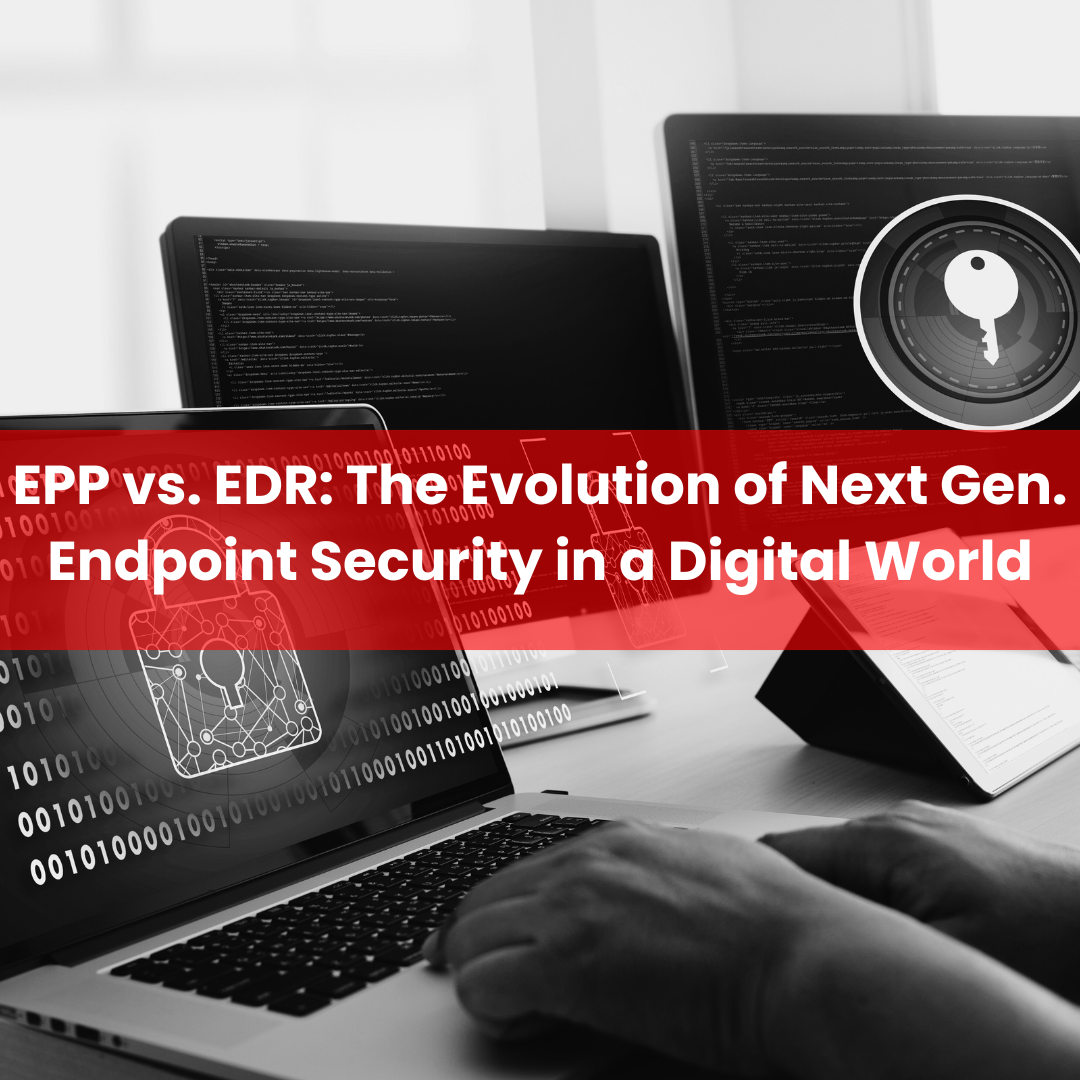In today's interconnected digital ecosystem, endpoints have emerged as critical focal points for enterprises seeking robust monitoring and protection against escalating cyber threats. Over the past two years, marked by a global pandemic and a rapid shift to remote work policies, the security landscape has witnessed unprecedented challenges and vulnerabilities.
Amid these challenges, significant strides have been made in enhancing global threat intelligence and incident response capabilities. Yet, a fundamental question persists among network security professionals: in the quest for effective security capabilities, should the focus be on prevention or response?
Understanding EPP and EDR
Endpoint Protection Platform (EPP): Defined by Gartner as "a solution deployed on endpoint devices to prevent file-based malware attacks, detect malicious activity, and provide investigation and remediation capabilities," EPP traditionally employed a proactive, signature-based approach to thwarting attacks. However, modern EPP solutions have evolved to offer a comprehensive suite of endpoint protection features, serving as the frontline defense against a wide array of threats.
Endpoint Detection and Response (EDR): EDR, on the other hand, is designed to detect, investigate, and respond to security incidents across endpoint devices such as laptops, desktops, and mobile devices. It operates through continuous monitoring of endpoint activities, analyzing data in real-time to identify suspicious behavior and potential threats. EDR enhances visibility and enables swift incident response, complementing other security measures like antivirus and firewalls.
Key Features and Capabilities
Endpoint Protection Platform (EPP)
- Antivirus and Anti-malware: Detects and blocks known malware and viruses from entering the network.
- Firewall: Monitors and controls network traffic to prevent unauthorized access and data breaches.
- Intrusion Prevention System (IPS): Identifies and mitigates known attack patterns to protect against intrusions.
- Application and Device Control: Manages application permissions and restricts device usage to prevent security breaches.
- Centralized Management: Provides a unified console for deploying, monitoring, and managing endpoint security across the organization.
- Compliance and Reporting: Helps organizations adhere to regulatory requirements and generate audit trails for security incidents.
Endpoint Detection and Response (EDR):
- Endpoint Agents: Installed on endpoint devices to monitor and collect data on system activities.
- Real-time Monitoring: Continuously observes endpoint behavior to detect anomalies and potential threats.
- Advanced Threat Detection: Uses machine learning and behavioral analytics to identify and respond to sophisticated threats.
- Incident Investigation: Provides forensic data and tools for in-depth analysis of security incidents.
- Automated Response: Takes immediate actions such as isolating endpoints or alerting security teams upon detecting suspicious activities.
- Centralized Management: Offers a centralized platform for managing and coordinating incident response efforts across the organization.
Choosing the Right Solution for Next-Gen Endpoint Security
When evaluating between EPP and EDR—or considering a unified endpoint security platform—it's essential to align with your organization's specific security requirements, operational needs, and budget constraints. Factors such as the complexity of deployment, scalability, and integration capabilities with existing IT infrastructure should also be taken into account.
Future Trends in Endpoint Security
Looking ahead, the future of endpoint security will likely be shaped by advancements in:
- AI and Machine Learning: Utilizing predictive analytics to anticipate and mitigate emerging threats.
- Zero Trust Architecture: Adopting a framework that verifies every device and user before granting access.
- IoT and Endpoint Convergence: Addressing security challenges posed by the proliferation of IoT devices and the convergence of IT and operational technologies.
Conclusion
In conclusion, while both EPP and EDR play pivotal roles in safeguarding endpoints from cyber threats, their integration into a unified endpoint security strategy offers the most effective defense. By leveraging the strengths of prevention and response capabilities, organizations can fortify their security posture, minimize risks, and ensure comprehensive protection against evolving threats.
For organizations seeking advanced endpoint security solutions, partnering with a managed security services provider like Business Continuity Solutions can offer tailored expertise and support. With innovative Managed Detection and Response (MDR) capabilities and Security Operations Centre (SOC) services, BCS empowers businesses to proactively detect, investigate, and mitigate security incidents, ensuring continuous protection across all endpoints.
Embrace the future of endpoint security with BCS's comprehensive cybersecurity solutions, leveraging cutting-edge technologies to safeguard your digital assets effectively. For more information on enhancing your organization's cybersecurity posture, explore BCS's Managed Security Services today.

